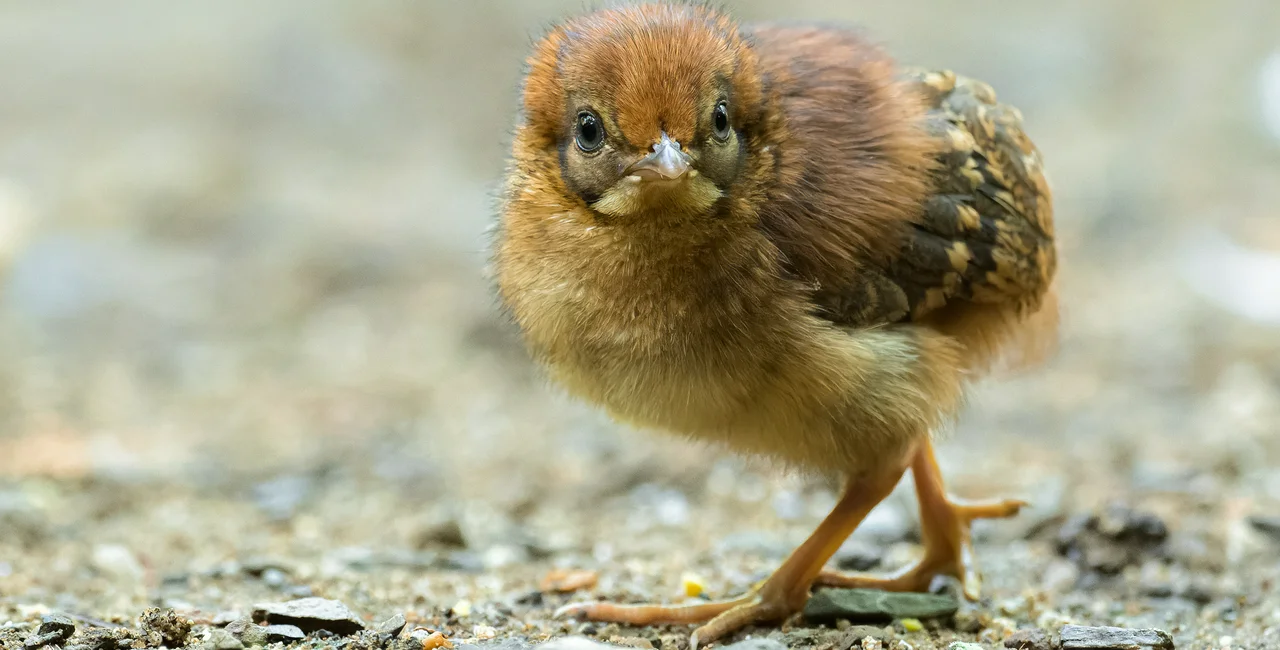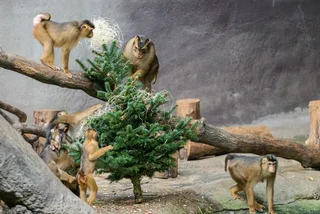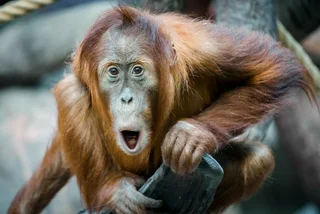Prague Zoo had a successful 2022, with the births of many rare animals and the opening of the largest pavilion in the zoo’s history. Attendance figures also recovered due to the end of Covid restrictions.
Despite the lower number of foreign tourists coming to Prague, the zoo last year saw 1,419,122 visitors pass through its gates. That was down a bit from 2019’s record of 1,456,526 visitors but a big improvement over 2020 and 2021, which each saw fewer than a million guests.
The biggest event of last year was the opening of a gorilla pavilion called the Dja Reserve on Sept. 28. When visiting the replica of a forest in Cameroon, people will encounter lowland gorillas including a new mating pair, Kisumu and Duni, that arrived in September. The pavilion also has marmots, black-and-white colobuses, and bats.
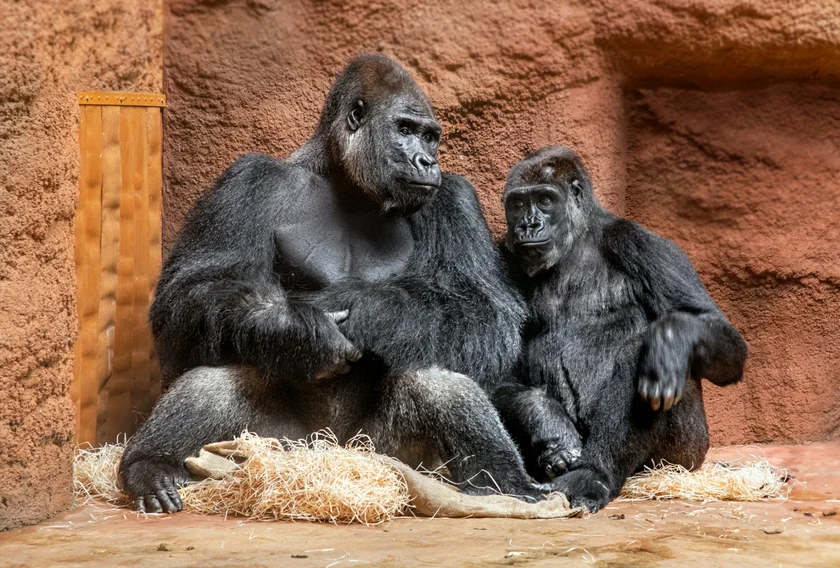
The idea to build a new pavilion came in 2013 and designs were made in 2015, but actual construction work didn’t start until 2019.
Hundreds of births and hatchings
Last year the zoo saw the birth or hatching of 450 mammals, 475 birds, and 318 reptiles. “In total, there are 218 species of the four vertebrate groups mentioned, while as far as reptiles are concerned, we have achieved a record of 40 reproduced species this year,” zoo director Miroslav Bobek said in a press release.
The most popular among visitors were the female aardvark and the maned wolf triplets. But three breedings were significant to show Prague Zoo’s role in species conservation: the long-nosed potoroo, the Cabot's tragopan, and the enigmatic leaf turtle.
PARTNER ARTICLE
The long-nosed potoroo, the first of its kind born at the zoo, peeked out of its mother's pouch at the end of August. Visitors could soon see it exploring its exhibit in Darwin Crater. The species has been considered “near threatened” since 2014. In its homeland in eastern Australia, it faces invasive animal species and increasingly frequent fires.
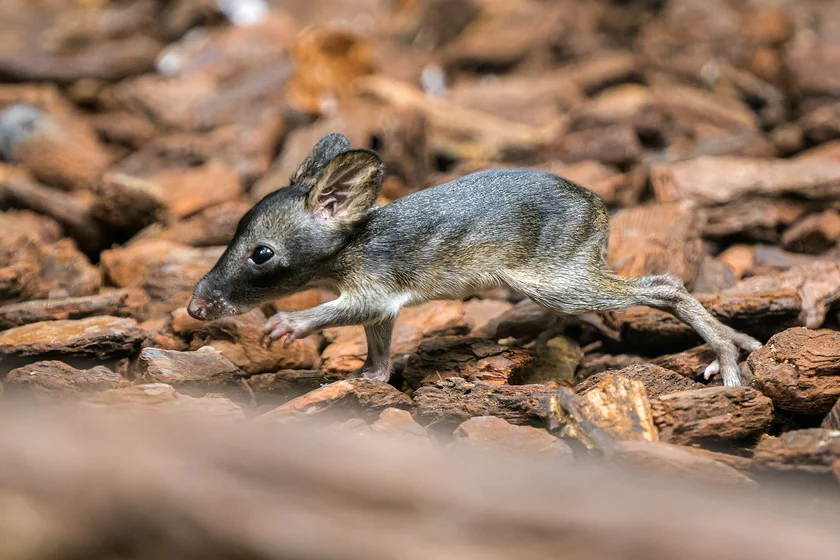
“If the current trend continues, according to forecasts, its population may drop by almost a third in some places in the next 12 years. The very first breeding of this species at the Prague Zoo is therefore a great success,” mammal curator Pavel Brandl said.
The small marsupials are considered ecosystem engineers because their digging helps plants grow. They also help to spread beneficial fungi that promote tree growth.
The pheasant-like Cabot's tragopan is categorized as "vulnerable" and only a few thousand of them remain in protected areas in eastern China. Elsewhere, their numbers are declining due to ongoing landscape conversion, hunting, and increased pressure from natural predators.
Prague Zoo has been responsible for overseeing the breeding of the species in Europe since 2018.
Due to its demanding nature, this species is represented in only nine European zoos.
“The chick that hatched at Prague Zoo at the end of July is the only addition this year in a zoo in continental Europe,” bird curator Antonín Vaidl said.
An enigmatic tale
The four hatchlings of the enigmatic leaf turtle, which hatched in November, became notable additions to the Prague Zoo. The reptile that lives freely in the Indonesian Jungle pavilion is one of the zoo’s most mysterious inhabitants. It is a species practically unexplored in nature.
Experts believe the wild population of the enigmatic leaf turtle in the wild is shrinking due to the loss of forest habitat in Malaysia and Indonesia, but there is little concrete data. The species is classified as “near threatened.”
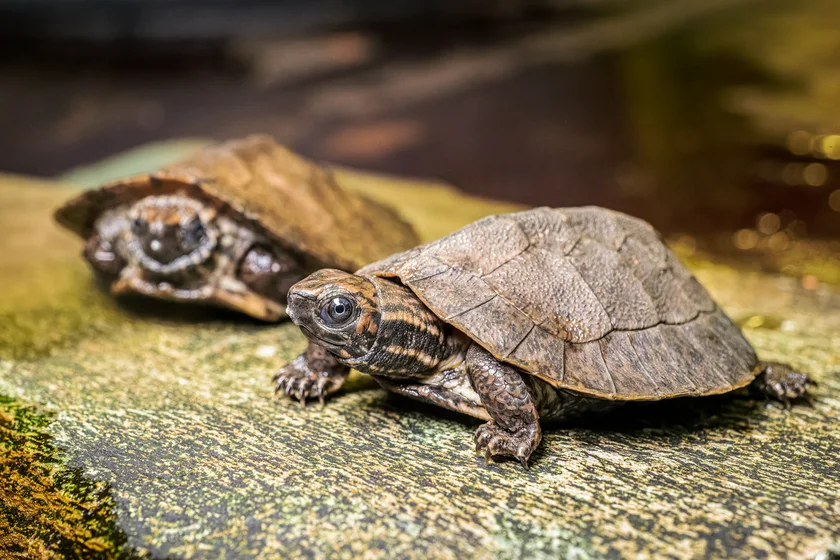
Their story has been unusual since its beginning. “In 2004, we took on a shipment of turtles seized from smugglers in Hong Kong. Among them were individuals of a so-far unknown species,” reptile curator Petr Velenský said. The still unnamed turtle started breeding in Prague Zoo in 2007.
“It wasn't until a year later that it was scientifically described, and that very characteristically – as an enigmatic turtle," Velenský said. The November hatchlings were the first at the zoo in more than four years. Prague Zoo is the only one in Europe to have confirmed the breeding of this species, and is a crucial point of information about them.
“At first, we tried to keep the enigmatic leaf turtles in the display trench, but with their ability to climb even sloping walls, it was impossible,” Velenský said.
They now live freely on the entire upper floor of the Indonesian Jungle pavilion, opposite the binturong and orangutan exhibits.
Arrivals from Taiwan
Another significant event was the arrival of a pair of Chinese pangolins, male Guo Bao and female Run Hou Tang. They were imported from Taipei Zoo in April. Prague Zoo is now one of only two zoos in Europe where these scaly mammals can be seen.
Pangolins are the most illegally traded mammals in the world, and Prague Zoo participates in their protection in Asia and Africa. Housing the pangolins required a complete renovation of the night exposition in the Indonesian Jungle Pavilion. The zoo is hopeful that the pair will soon breed.
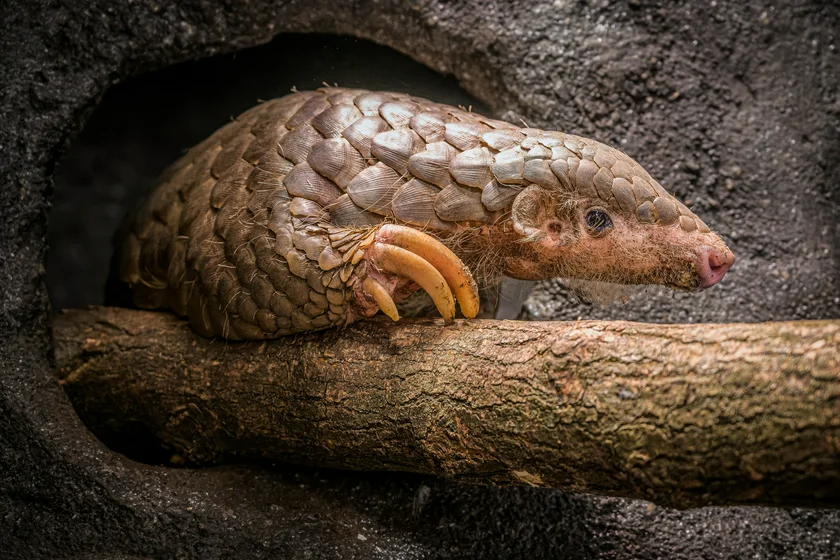
Prague Zoo also has been raising funds to help zoos in Ukraine. In cooperation with its Polish partners from the European Association of Zoos and Aquariums, Prague Zoo began sending feed and equipment to Ukraine via Poland. This was followed by financial support for selected Ukrainian zoos. At the end of the year, a powerful diesel generator was purchased for Mykolaiv Zoo.
As of the end of 2022, contributions totaling CZK 5.3 million had been made to the Ukrainian collection and over CZK 4 million has already been used.
Projects will continue into 2023, and the end of this year could see the start of construction on a new Arctic exhibition for polar bears. The plains area is also set to be transformed into a setting for Asian animals, with a new pavilion for Przewalski's horses, a species the zoo has been highly involved with for many years. The pavilion should open in the spring of 2024.












 Reading time: 4 minutes
Reading time: 4 minutes 